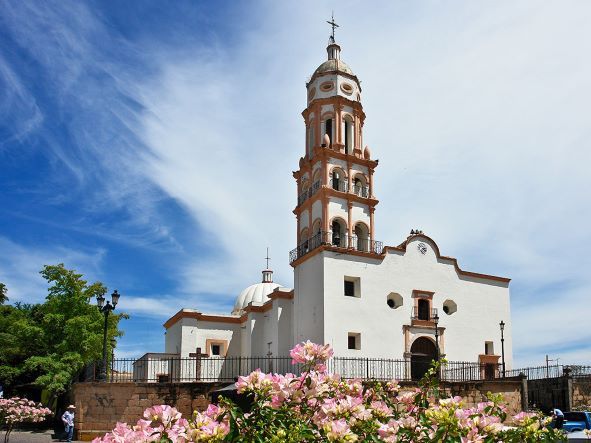The Magic Town of Cosala in the Sierra Madre Occidental, Mexico
Cosala, the birthplace of Sinaloa, is a friendly town with a wealth of historical sites, legends, notable persons, historic architecture, delicious food, unique handicrafts, stunning natural beauty, and a strong desire for alternative tourism.

In the foothills of the Sierra Madre Occidental, in a small valley surrounded by mountains, is the beautiful Magic Town of Cosalá. It is an important part of the history of the state of Sinaloa, and time seems to have stopped there with all its stories.
Its vernacular buildings and houses from the 17th, 18th, and 19th centuries, as well as its uneven and sloping cobblestone streets, take us back to a time of splendor. This, along with its beautiful surroundings and the fact that it has kept its traditions, makes it a great place for alternative tourism, which helps the local people.




